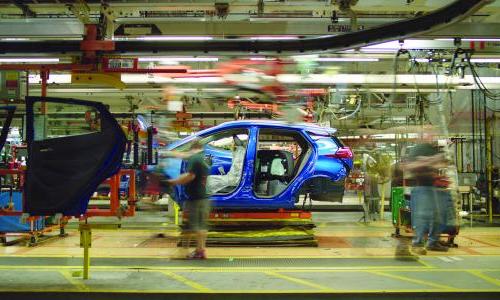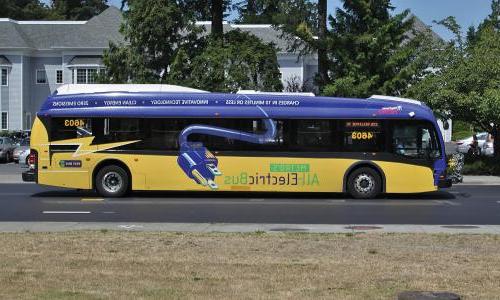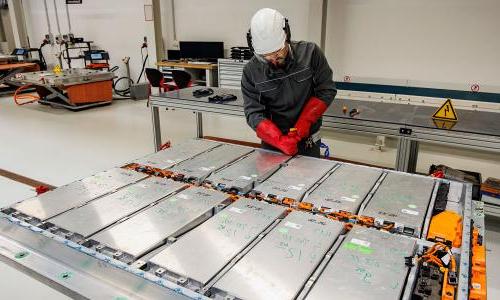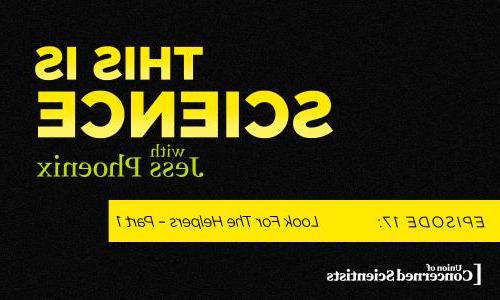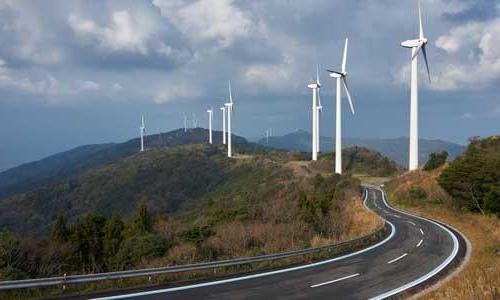目录表
交通不会自行修复. We need smart, forward-looking policies—not the status quo.
The US transportation system is in the midst of a transformation. New technologies are replacing gas-guzzling cars and trucks, while new mobility services are changing how we get around.
Much of this change is beneficial, as cleaner cars replace dirtier ones. 但并不是所有的事情都与现实相符 碳排放受到限制的; without the right state and federal policies, progress isn’t assured.
汽车标准
Efficient cars and trucks burn less gas, emit less pollution, and cost drivers less money to fill-up. But automakers rarely invest in fuel efficiency without requirements to do so; in fact, 美国汽车的平均燃油经济性 几乎没有改变 直到奥巴马政府通过了开创性的法案 效率的规则 in 2011.
Maintaining and strengthening these standards is critical for hitting US climate goals, which hinge on steep reductions of global warming pollution from the US transportation sector.
汽车标准 are also critical to address tailpipe pollution from cars and trucks, 造成雾霾, 癌症, 还有呼吸问题.
清洁燃料和电动汽车
Regardless of how efficient your car is, oil is oil, and it still produces pollution. 清理, 并在可能的情况下完全取代它, should be a main near-term policy goal for the United States.
联邦和州政策可以提供帮助. 低碳燃料标准 需要的燃料会随着时间变得更清洁. 和 “碳强度”跟踪 能保证什么油我们 do 使用不会变得更脏.
Policies that support electric vehicles (EVs) are also critical; 电是一种比石油更清洁的燃料, even when it’s generated from the dirtiest power grids. 随着电网继续向清洁能源过渡, 电动汽车和卡车将变得更加清洁. 补贴, 激励, and other solutions that get more EVs on the road are a critical pathway for cutting US carbon emissions.
其他政策
美国的交通系统很大, 复杂的, 涉及到许多不同的权威和利益. No single policy can cover all the important areas of focus; rather, multiple complementary policies must combine to create a sustainable, 公平, 长期的框架.
其他 important transportation solutions include everything from increased investment in mass transit, 治理雾霾污染物的标准, to local and state-level policies on the responsible deployment of ride-hailing services like Uber and Lyft.
